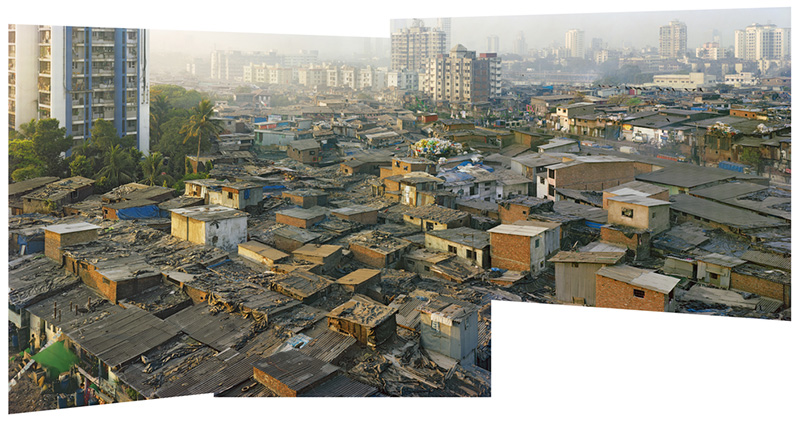PHOTO:Robert Polidori
 Robert Polidori is one of the world’s most acclaimed photographers of human habitats and environments. His career began in the mid ‘80s when documented the restoration of the Château de Versailles. He rejects Cartier-Bresson’s notion of the “decisive moment” (the perfect instant in which to capture a truth). Instead he prefers the qualities of beauty, stillness and contemplation that come from working with a large format camera and employing slow shutter speeds.
Robert Polidori is one of the world’s most acclaimed photographers of human habitats and environments. His career began in the mid ‘80s when documented the restoration of the Château de Versailles. He rejects Cartier-Bresson’s notion of the “decisive moment” (the perfect instant in which to capture a truth). Instead he prefers the qualities of beauty, stillness and contemplation that come from working with a large format camera and employing slow shutter speeds.
By Dimitris Lempesis
Photo: Paul Kasmin Gallery Archive
“Ecophilia/Chronostasis” is the first U.S. exhibition to feature Robert Polidori’s “Dendritic Cities” series, a body of work begun in 2007. He appropriates the term “dendritic” from the branching extensions of a cell structure and uses it to describe the auto-constructed cities that have appeared as a result of industrialism in cities around the world, including Amman, Mumbai and Rio de Janeiro. The exhibition features three monumental photographs taken in India, including an expansive mural of a street in Mumbai known locally as “60 Feet Road”. These images, capture entire neighborhoods using a technique that involves stitching together 8Χ10 and 11Χ14-inch photographs, each filled with houses and people, to form a single panoramic view. “60 Feet Road”, is composed of 22 seamlessly connected images. The sequence of 8×10 color sheet film has been scanned and computer-stitched. Walking along the 40-foot length of the piece produces the odd sensation that you’re strolling down the street itself, peering straight into the lives of its residents. In “Amrut Nagar”, comprising four separate panels, Polidori photographs a complete 180° view of a populated mountainside from one single vantage point. Also on show is a selection of photographs from Polidori’s 2010 project in Lebanon, “Hotel Petra”. The series is composed of interior views of a building that has been shaped by acts of violence and by natural processes of decay. While in Beirut, Polidori sought out the once-dignified Hotel Petra, which had remained sealed off for nearly 23 years following the destruction of the Lebanese civil war. The walls are covered with numerous coats of paint that, over time, have flaked away and faded to the point that the underlying colours reveal themselves in changing tones and intensities. Yet Polidori emphasizes not only the painterly quality of these walls, but also the historical aspect that inhabits this “Natural painting”. He describes the abstract forms that arise due solely due to the passage of time as “Τhe archaeology of painting”.
Info: Paul Kasmin Gallery, 515 West 27th Street, New York, Duration: 8/9-15/10/16, Days & Hours: Tue-Sat 10:00-18:00, www.paulkasmingallery.com


